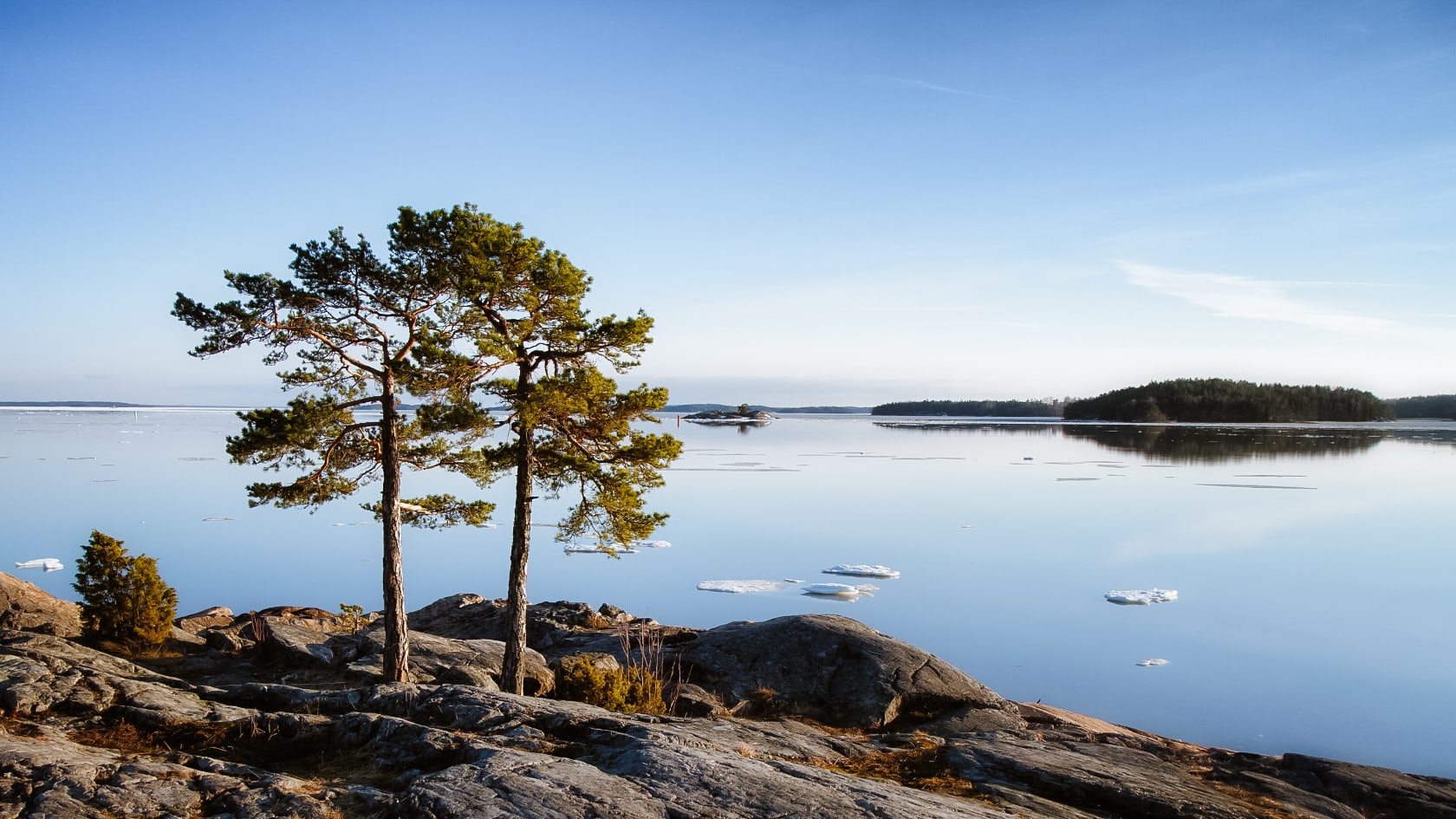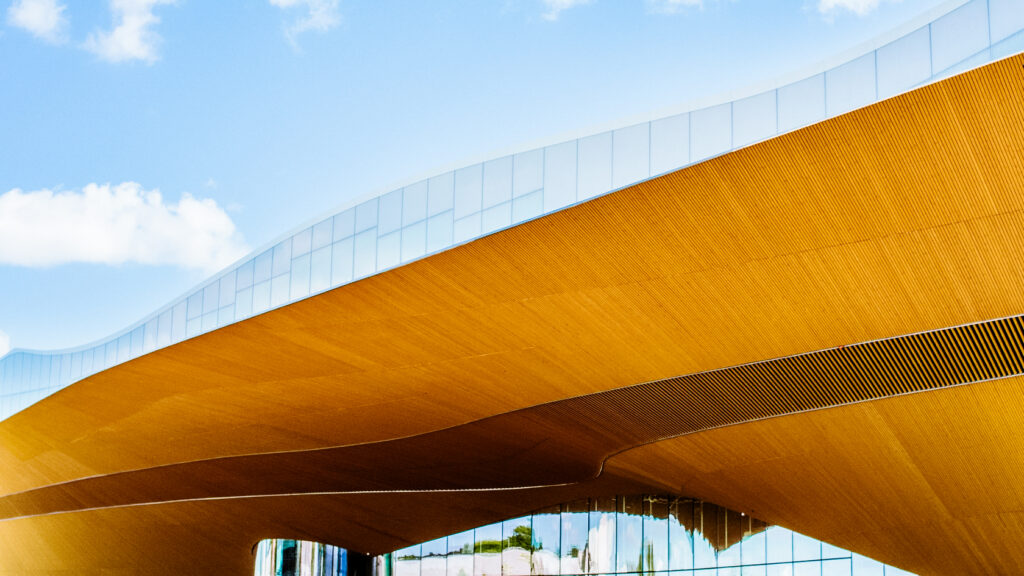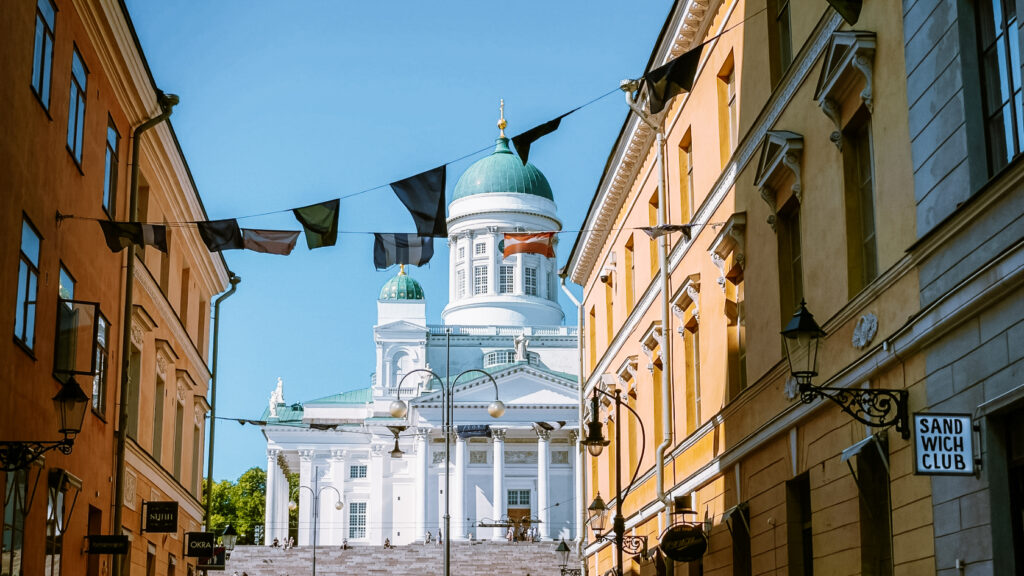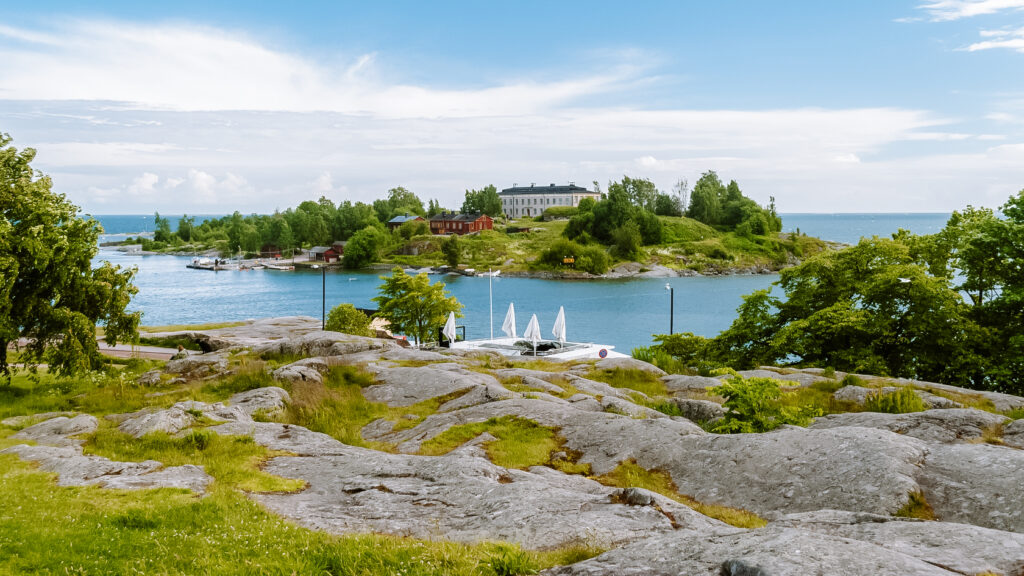TRAVEL GUIDE FOR FINLAND
Discover Finland, the land of a thousand lakes, saunas and breathtaking nature under the northern lights. From endless forests to vibrant cities like Helsinki and Turku, where rich culture mixes with modern design.
FINLAND
25 Things to do in Helsinki: Best places to visit (+ map)
Are you planning to visit Helsinki and looking for tips on the most…
Helsinki Travel Guide (2024): How to plan perfect trip to Helsinki (+ map)
Helsinki travel guide to everything you need to know before you go to…
Helsinki Card: How to save in Helsinki?
The Helsinki Card includes admission to the most popular sights, museums and attractions…
USEFUL INFORMATION
When to visit Finland
Finland is beautiful all year round, but each season brings its own specific highlights and types of activities you can do during your visit. Here is an overview of what you can expect in each period:
Spring (March to May): Spring in Finland is a time of rapid transition from winter to the awakening of nature. The weather gradually warms up from zero in March to a pleasant 10 to 15 °C in May. The days are getting longer fast, so you can enjoy sightseeing and hiking without the crowds during this time.
Summer (June to August): Summer brings long sunny days with temperatures around 20 to 25 °C, and some days the temperature can rise above 25 °C. The northern parts of the country, especially Lapland, experience the midnight sun, when the sun does not set at all. Summer is ideal for all kinds of outdoor activities, from hiking to canoeing to lazing by the lake. It is also the season of festivals and cultural events.
Autumn (September to November): The autumn months are marked by the “Russian”, when the forests burst into a stunning palette of colours from gold to fiery red. Temperatures start to drop from a pleasant 10 to 15 °C in September to a cooler 0 to 5 °C in November. It is also the time for picking berries and mushrooms. Autumn brings shorter days and cooler nights, making it ideal for first Northern Lights sightings, especially at higher altitudes.
Winter (December to February): Winter in Finland is synonymous with snow, frost and short days, with temperatures often below freezing, reaching -5 to -20 °C; in Lapland it can be even colder. This season is ideal for winter sports, offering perfect conditions for skiing, snowboarding and other snow activities. Would you like to see the Northern Lights? Head to Lapland, where conditions are best for seeing the Northern Lights.
Transport in Finland
Public transport
Public transport in Finland is highly efficient, extensive and environmentally friendly, allowing easy and convenient access to different parts of the country, from lively metropolises to remote natural areas.
The Finnish railways, operated by VR (Valtion Rautatiet), are a pillar of public transport, offering fast, comfortable and reliable connections between major cities such as Helsinki, Espoo and Tampere, and also reaching less populated regions. VR covers long-distance routes as well as urban and suburban routes, making it easy to get around the country.
Bus services are an important complement to the rail network, providing transport services in areas where trains do not run. Local and regional bus services, including those from Onnibus and Matkahuolto, offer efficient and affordable options for travelling across Finland, connecting major cities with popular tourist destinations.
Ferry services are essential for travel between islands and across borders. Companies such as Viking Line and Tallink Silja provide travel between mainland Finland and its islands, such as Åland, as well as international services to neighbouring countries such as Sweden and Estonia.
Cycling in Finland
Cycling is popular in Finland for daily commuting and leisure activities. Finland, like many other Nordic countries, places great emphasis on sustainability and environmentally friendly transport, and cycling is considered a key component in this regard. An extensive network of cycle paths has been built in urban and rural areas, allowing safe and comfortable cycling.
Helsinki, the capital of Finland, has a well-developed infrastructure for cyclists, including separated cycle lanes, parking racks and bike rental services, which is very conducive to cycling in an urban environment. The situation is similar in other Finnish cities such as Espoo, Tampere and Turku.
By car in Finland
Travelling around Finland by car is the perfect way to explore the country. It offers you unlimited freedom and the chance to discover lesser-known locations off the main tourist routes.
How to get to Finland: from southern or central Europe, you can reach Finland either by direct ferry from Germany, Sweden or Estonia, or by crossing borders with neighbouring countries via land routes. Ferries to Helsinki and other Finnish ports such as Turku and Vaasa are a popular choice for travellers who want to start their journey comfortably and stress-free.
Obligations: in Finland, you must keep your lights on all day and wear your seatbelt with all passengers. Compliance with speed limits and blood alcohol level rules is strictly controlled. During the winter months, usually from November to March, winter tyres are compulsory in the country.
Finland’s motorway network is efficient and allows you to move quickly and conveniently between areas. Moreover, it is free of charge and financed from the public budget, so no tolls are charged even for the use of bridges and tunnels.
The maximum speed limit in Finland is generally 120 km/h on motorways and 80 km/h on main roads outside cities, with lower speeds in urban areas, typically between 30 and 50 km/h, unless otherwise specified.
Parking in Finnish cities is well organised, but in densely populated areas like Helsinki, finding a free space can be more difficult. Many cities offer parking on their outskirts, often free or for a low fee, providing easy access to public transport towards the centre.
Culture and tradition in Finland
Culture
Finnish culture is deeply rooted in tradition and open to innovation. It reflects a local approach to social justice, love of nature and a rich historical heritage.
The country has strong roots in literature and music, with iconic figures such as composer Jean Sibelius and writer Tove Jansson sharing the magic of the Moomins with the world. Finland also boasts world-renowned innovations in design and architecture, dominated by clean lines, functionalism and harmony with nature, symbolised by the work of Alvar Aalto.
Promoting arts and culture is a priority in Finland. It manifests itself from music and film festivals to literary evenings and art exhibitions. Major cultural events such as the Helsinki International Film Festival and the famous Savonlinna Opera Festival highlight Finland as an important cultural centre in northern Europe.
Finland is also proud of its cultural heritage, which it celebrates through local traditions and festivals. The unique Finnish sauna is even listed as a UNESCO Intangible Cultural Heritage Site.
Traditions and festivals
One of the most important and celebrated traditions in Finland is Juhannus, also known as the Summer Solstice festival. This holiday, which falls at the end of June, is a symbol of the brightest night of the year for the Finns and is associated with various rituals and customs, such as lighting giant bonfires (kokko) by lakes or on the coast. People gather with family and friends to celebrate, enjoy nature, swim in the lakes and enjoy the long, bright nights that are typical of Finnish summers.
Another important tradition is the Christmas season, known in Finland as Joulu, which is a time of peace, quiet and family gatherings for Finns.
Finland is considered the home of Santa Claus, known as Joulupukki. The city of Rovaniemi in Lapland, where Santa Claus Village is located, is considered to be his base. On Christmas Eve, families gather to eat dinner together, sing Christmas songs and open presents.
Typical dishes in Finland
Finnish cuisine is rich and varied, influenced by its Nordic location and colourful history, combining traditional dishes from rural areas with modern gastronomic trends. Each region in Finland contributes its own specific specialities, from tasty fish dishes from Finland’s clear lakes to delicious pastries and sweet desserts.
Typical and popular dishes you can taste in Finland include:
- Karjalanpiirakka: Karelian pie, traditionally filled with rice or mashed potatoes, served with egg and butter.
- Lohikeitto: Creamy salmon soup, richly flavoured with dill and served with potato and carrot chunks.
- Ruisleipä: Finnish rye bread, known for its dense texture and strong flavour, is a staple of the Finnish table.
- Poronkäristys: A dish of reindeer meat, slow-braised with onions, cranberries and spices, traditionally served with mashed potatoes.
- Mustikkapiirakka: Blueberry pie, often served with vanilla cream or ice cream, popular as a dessert or with afternoon coffee.
Finnish cuisine places great emphasis on freshness and seasonality of ingredients, with a growing interest in local and sustainably produced food. This trend is reflected in a wave of new Nordic cuisine that focuses on innovation and sustainability while highlighting the flavours of local ingredients. Drinking water in Finland is of excellent quality and safe to drink straight from the tap.
Tipping is not usually expected in Finnish restaurants, as the service is usually included in the price. However, it is common to round the bill up or leave a small tip if you were satisfied with the service.
☞ See all destinations.



